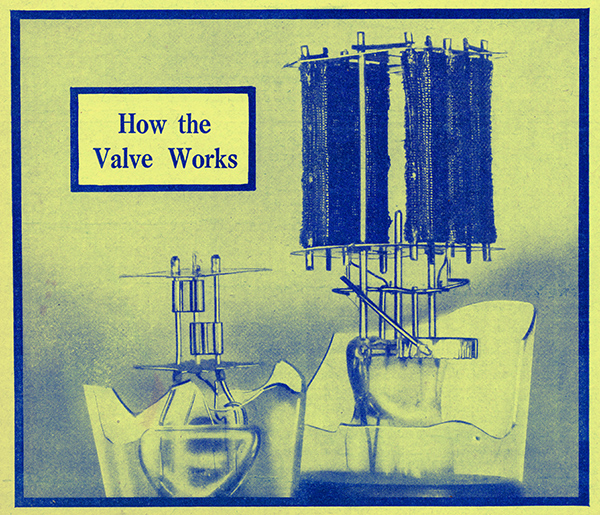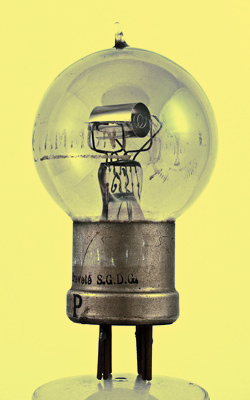|

Valve development has taken place rapidly in the last few years and many of the types now available are quite complex in their action. The set designer cannot get the best out of a valve and the service man cannot remedy faults unless they are familiar with the fundamental principles upon which the valve operates. In this series of articles the mode of operation of modern valves will be explained, starting with the diode and going on by easy stages to the multi-electrode structures such as the octode and triode hexode.
Many of the valves in common use to-day are highly complicated both in their structure and in their mode of operation. Ten years ago most valves were triodes, whereas now the electrodes range up to eight in number. It is consequently quite difficult to understand how some of these complex types function unless one is thoroughly acquainted with the simpler specimens.
In this series of articles, therefore, we shall start with simple types and work up gradually to the more complicated ones. In this way we shall not only trace the history of valve development, but by adding electrodes one at a time we shall clearly see their effect and how they alter the characteristics of a valve.
The Articles
- The Diode
- The Triode
- The Tetrode
- The Pentode
- The Hexode, Heptode and Octode.

The French TM hard vacuum valve of 1915 that allowed electronics to accelerate.
|